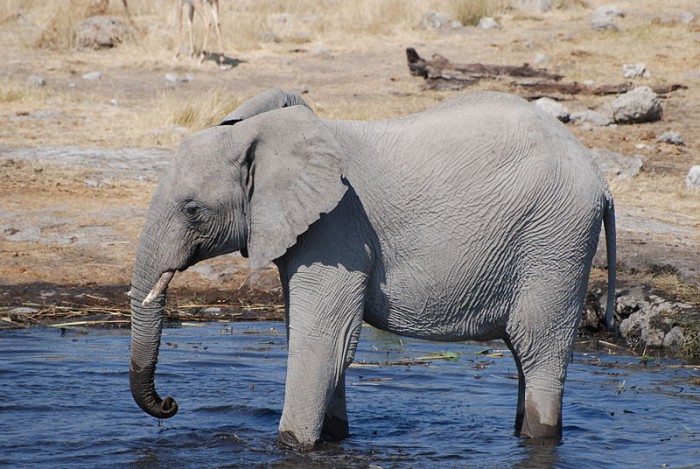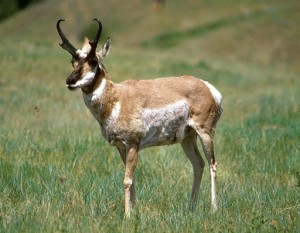Patterns of Elephant Poaching Revealed
Surveys carried out in Tanzania have revealed patterns of elephant poaching that will help inform future conservation action and help tackle the problem in the region.
 Image: By Bibitono (Own work) [CC-BY-SA-3.0 (http://creativecommons.org/licenses/by-sa/3.0)], via Wikimedia Commons
Image: By Bibitono (Own work) [CC-BY-SA-3.0 (http://creativecommons.org/licenses/by-sa/3.0)], via Wikimedia Commons Scientists analysing data from aerial surveys carried out over one of East Africa’s most important nature reserves have uncovered clusters of elephant carcasses close to some ranger posts.
The team, from the University of York and the Tanzania Wildlife Research Institute (TAWIRI), made the discovery while working together to address the problem of elephant poaching in the Ruaha-Rungwa ecosystem.
The study used data from three successive aerial surveys during the peak of the poaching crisis from 2013-2015 and revealed patterns of elephant carcasses across the region. Using the surveys and spatial analysis, it appears that the poachers preferred to operate in the wet season. This is the time when swollen rivers meant travel by road was extremely difficult and tourism was minimal.
The study, published in Biological Conservation, also stated that signs of poaching tended to be away from the main, well-equipped ranger posts, where fewer carcasses were located during the aerial surveys.
However, the data showed that elephant remains were found in greater numbers than expected close to three out of 13 outlying ranger posts. If carcasses had been as rare around outlying posts as near the park headquarters, overall there would have been 7% fewer carcasses.
Lead author, Dr Colin Beale from the University of York’s Department of Biology, said a lot has changed since the surveys were done and the Tanzania government was working hard to address the problem, with evidence that poaching has since fallen substantially: “Since the Environmental Investigations Agency produced a key report in 2014, there has been concern about past collusion between rangers and poachers. Our study substantiates those concerns and puts them within the wider context of extremely heavy poaching at the time.
“We assumed most carcasses were poached and expected the poachers to avoid ranger posts but instead we found avoidance patterns were very variable from post to post. When we looked at individual ranger posts, we found some posts including the national park headquarters showed a strong effect on reducing poaching, but three of 13 outlying posts were associated with clusters of elephant carcasses within a radius of 10 kilometres.”
In 2009, Tanzania’s elephant population within the Ruaha-Rungwa ecosystem was the third largest in Africa, holding nearly 10% of the global population. However, elephant poaching has driven a recent decline in African elephants, fuelled by demand for ivory products in China.
The surveys revealed the Ruaha-Rungwa elephant population declined from 34,500 to 20,000 between 2009 and 2013, with a further decline by 2015 to 15,800 animals.
“Findings from this study that associate elephant carcases with a few ranger posts are worrying. It suggests there may have been some collusion which could have occurred at any number of levels,” added Dr Beale. “However, if this occurred, we think the number of people involved was small and it is important to remember these results are from five years ago, since when there has been huge progress. TAWIRI scientists worked with me to analyse the data. It is transparency of a form that is encouraged. They have looked at the data, made the same inferences and have already taken action.”





Sorry, comments are closed on this post